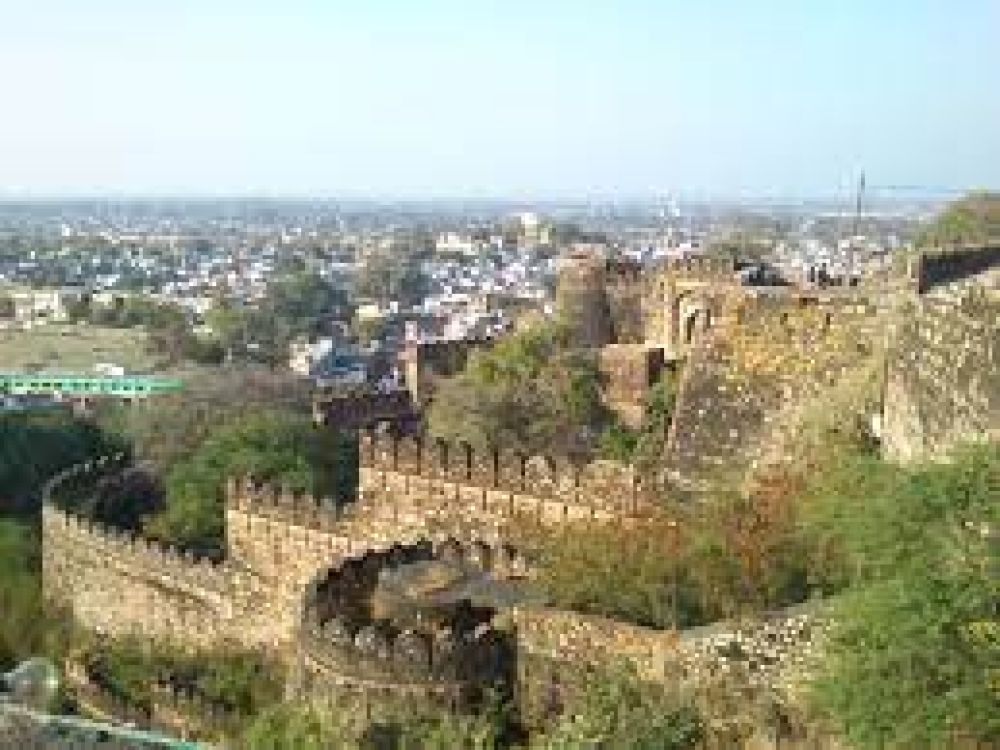

Jhansi, a historic city in the Indian state of Uttar Pradesh, is synonymous with the valor of Rani Lakshmibai, a key figure in the 1857 revolt against British colonial rule. Established in the 17th century and located on the banks of the Pahuj River, Jhansi has been a witness to many historical events that have shaped India's struggle for independence. For centuries, the city has been a stronghold of Maratha power, which adds to its historical significance.
The history of tourism in Jhansi is largely entwined with its rich culture and heritage. The Jhansi Fort, built by Raja Bir Singh Deo in 1613, stands as a testament to the city's historical importance and has been a major tourist attraction. The increasing interest in India's colonial history during the 20th century, especially post-independence, saw Jhansi emerge as a destination mired in the patriotic tales of the Indian rebellion.
Over time, several sites in Jhansi have gained prominence among history buffs, including:
In recent years, Jhansi has enjoyed a steady increase in domestic and international tourism, attributed to various factors:
The future of tourism in Jhansi appears promising. With the government's focus on promoting 'Dekho Apna Desh' to encourage Indians to explore their own country, as well as continued investments in infrastructure and preservation of historical sites, Jhansi is poised for further growth as a tourism hub. The integration of digital technologies offering virtual tours and augmented reality experiences at historical sites is also expected to enhance the tourist experience in the coming years.
Note: While visiting Jhansi, it is advisable to check for the latest travel advisories and guidelines, keeping in mind the impact of the global pandemic on travel patterns.